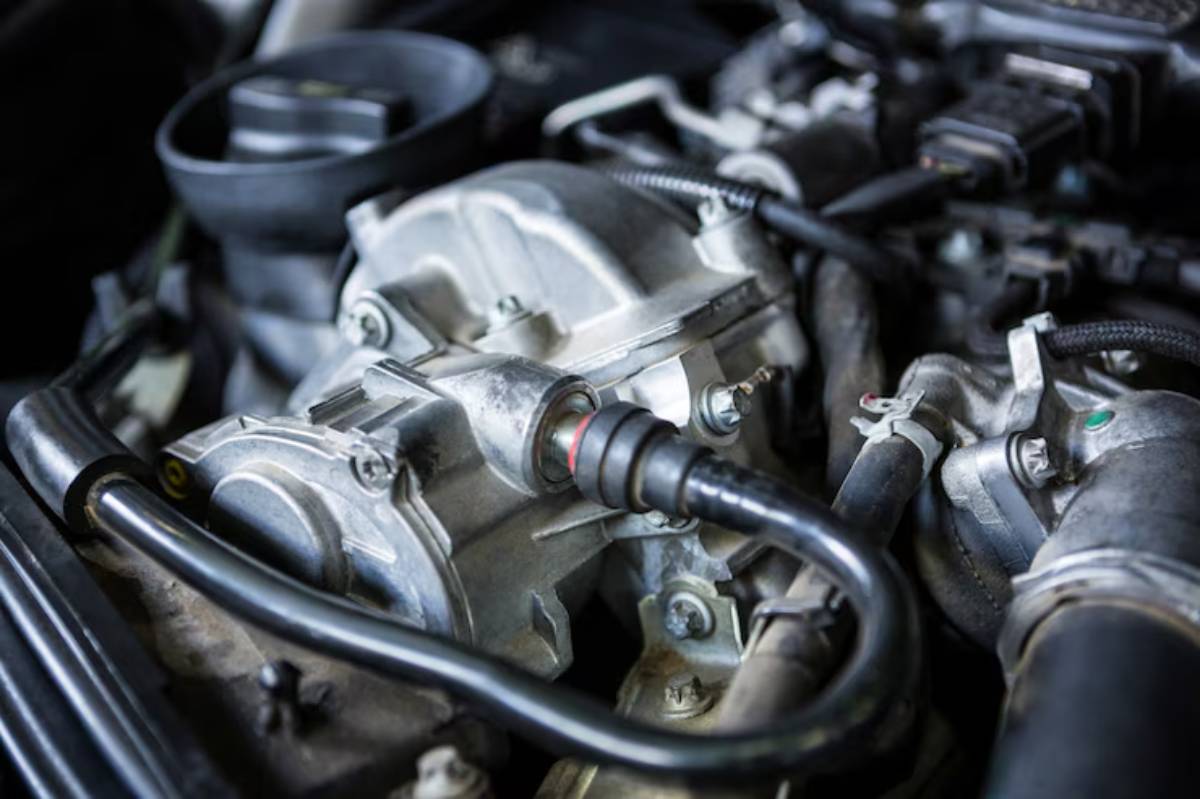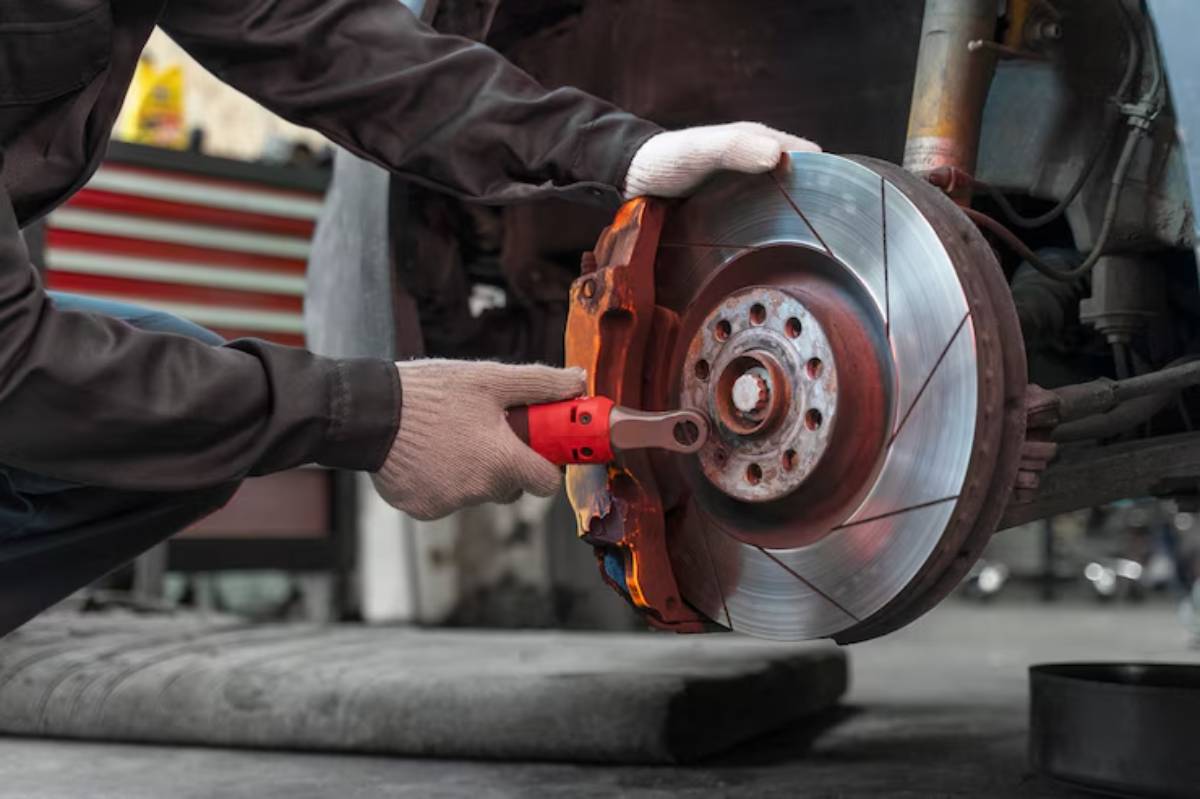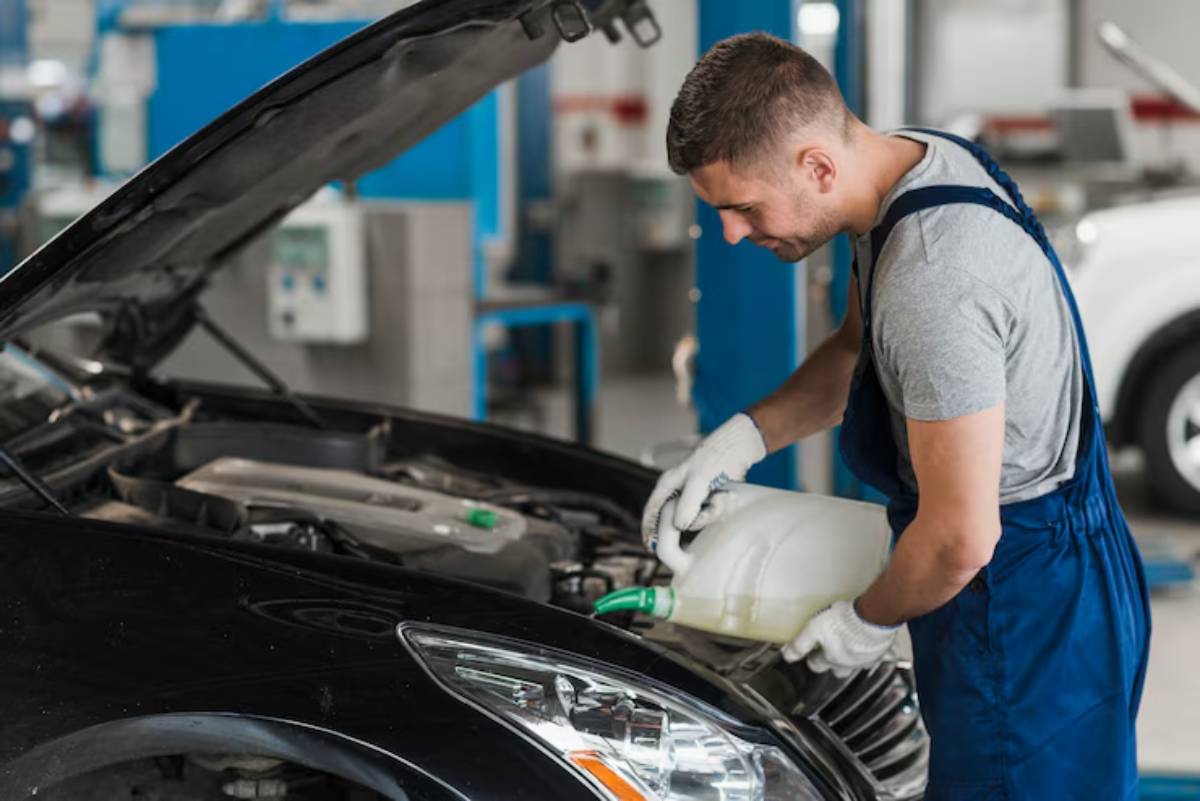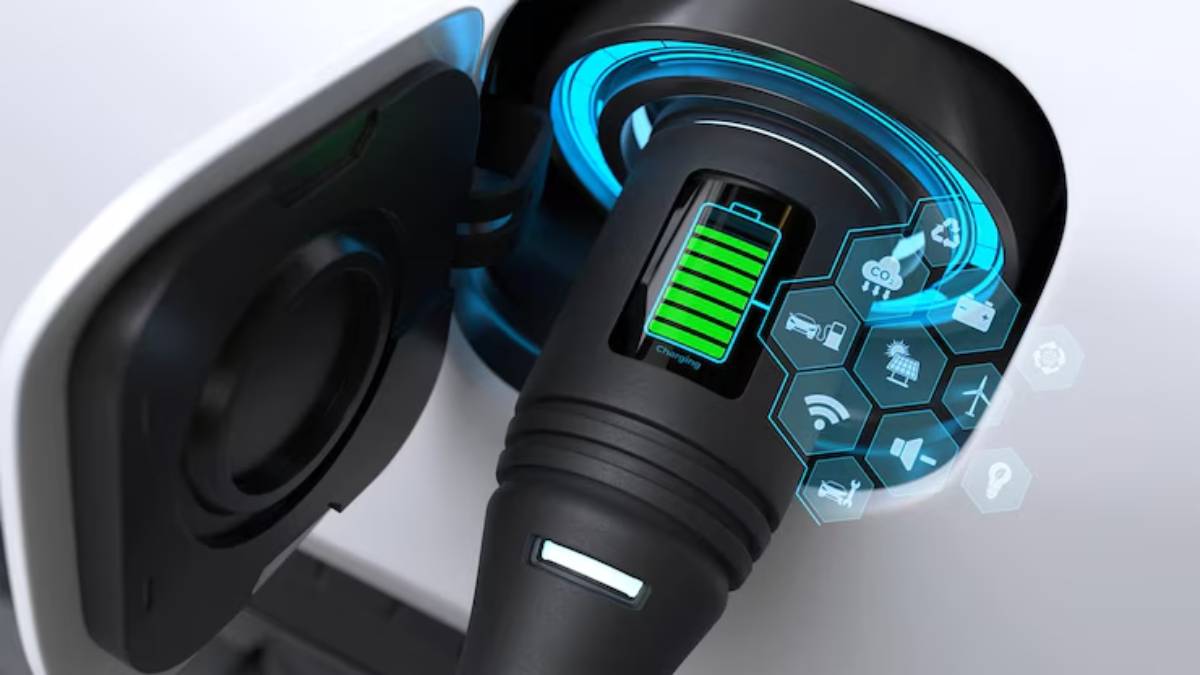
How to Maximise Hybrid Fuel Efficiency Year-Round
You bought a hybrid for its efficiency, but you’ve likely noticed your mileage can still dip, especially in cold weather or stop-start traffic. The truth is, fuel efficiency in hybrids varies just like in conventional cars, and many factors affect how well your vehicle performs.
But here’s the good news: with some informed strategies, you can boost hybrid MPG year-round and make the most of your investment, no matter the season.
In this expert-backed guide, you’ll learn practical hybrid fuel tips, smart maintenance hacks, and how to build habits for efficient hybrid driving. Whether you own a Toyota Prius, Honda Insight, or Hyundai Ioniq, these techniques are for you.
Understanding the Core: Why Hybrid Efficiency Isn’t Constant
Hybrids work by switching between an internal combustion engine and an electric motor. Their unique advantage is regenerative braking, which stores otherwise lost energy in the battery. However, factors like:
- Temperature
- Driving style
- Battery charge levels
- Tyre pressure
- HVAC usage
…all influence fuel economy. In winter, batteries don’t perform as well. In summer, you rely heavily on air conditioning. And in hilly areas, the electric motor may be underutilised.
Understanding these systems helps you make better decisions and keep your hybrid at peak efficiency year-round.
Quick-Reference Checklist: Boosting Hybrid MPG
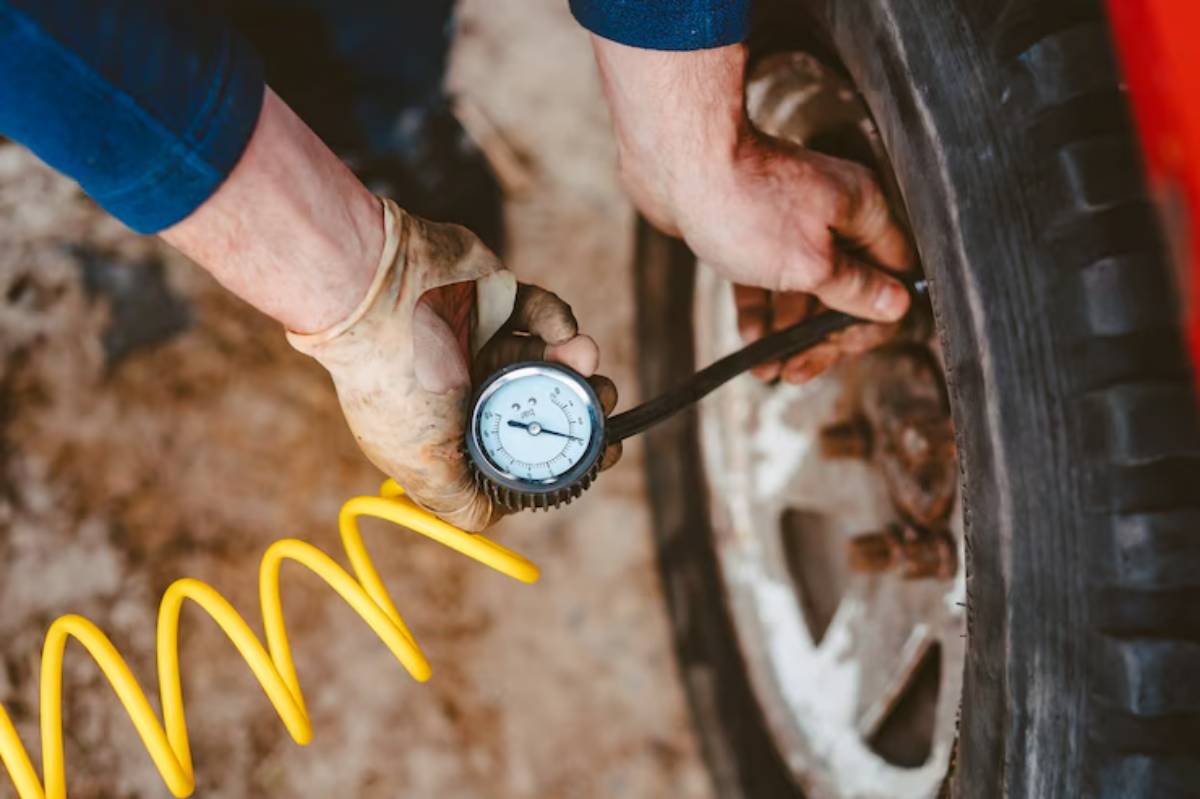
- Use ECO mode consistently
- Maintain optimal tyre pressure
- Drive smoothly and avoid hard acceleration
- Avoid idling when unnecessary
- Use regenerative braking effectively
- Minimise HVAC use when possible
- Keep up with hybrid-specific maintenance
- Park in warm, sheltered areas in winter
- Reduce unnecessary weight in the vehicle
- Limit roof rack usage
Step-by-Step Guide: Efficient Hybrid Driving Practices
1. Embrace Eco Mode Year-Round
Your hybrid’s ECO or EV Mode is designed to limit throttle response and adjust air conditioning output for better fuel economy.
Do this:
- Use ECO mode for daily driving and stop-start traffic
- Switch to EV mode in car parks, neighbourhoods, and queues
- Avoid Power Mode unless needed for overtaking or hill climbs
2. Accelerate Gently, Brake Intelligently
Rapid acceleration drains your battery and forces the engine to compensate. Instead:
- Ease into the throttle
- Let off the accelerator early to engage regenerative braking
- Avoid late, heavy braking
This conserves energy and allows the electric motor to recover more efficiently.
3. Maintain Your Tyres for Year-Round Gains
Tyres with the right pressure reduce rolling resistance — a key factor in hybrid efficiency.
- Check pressures monthly (and before long trips)
- Switch to low rolling resistance tyres if available
- Rotate tyres seasonally for even wear
4. Use Climate Control Mindfully
The heating and cooling systems in hybrids often run off the petrol engine, not just electricity.
Winter Tips:
- Use seat warmers instead of blasting heat
- Pre-warm the cabin while plugged in (if you drive a plug-in hybrid)
Summer Tips:
- Ventilate the car before switching on the AC
- Use the recirculate setting to maintain cooled air
5. Plan Trips Efficiently
Cold starts use more fuel. If possible:
- Combine errands into one trip
- Drive longer distances rather than short hops
- Choose routes with fewer stops and smoother traffic flow
Expert Insight: Hybrids become more efficient after warming up — planning helps maximise those benefits.
6. Lighten the Load
Every extra kilo makes your hybrid work harder.
- Remove unnecessary boot contents
- Ditch unused roof racks or cargo boxes
- Avoid keeping winter kits in the car year-round
Less weight equals less drag and better fuel efficiency.
7. Master Regenerative Braking
This system captures energy as the vehicle slows and stores it in the battery.
To use it effectively:
- Coast into traffic lights instead of hard stopping
- Allow the car to slow itself when driving downhill
- Use “B” or “L” gear mode on steep descents
Note: Overusing “B” mode on flat roads can reduce MPG.
8. Use a Garage or Sheltered Parking
Cold weather stiffens tyres, reduces battery performance, and increases warm-up time.
- Park in garages or sunlit areas during winter
- Precondition the cabin (especially with plug-ins)
- Use engine block heaters in extreme cold
9. Keep Up With Hybrid-Specific Maintenance
Regular servicing keeps your car’s systems running efficiently.
Checklist includes:
- Cabin and engine air filter changes
- Battery system checks (especially in ageing hybrids)
- Brake fluid replacement (for regen braking support)
- Software updates for battery management systems
You can also learn more in our monthly hybrid maintenance checklist for proactive upkeep.
Pro Tips & Common Pitfalls
- Don’t “pulse and glide” aggressively. Some drivers try extreme techniques for MPG. While coasting works in moderation, overdoing it can cause abrupt stops or irritate traffic behind you.
- Avoid long idling, even in winter. Idling doesn’t warm the battery — just the engine. It wastes fuel and energy. Drive gently instead.
- Hybrid driving differs from petrol cars. Treat your car like a hybrid, not a standard automatic — brake early, coast often, and focus on smooth transitions.
Best Practices for Each Season
Winter
- Pre-warm with charger plugged in (for PHEVs)
- Use ECO mode to reduce heater’s impact
- Check tyres more often due to pressure drops
Summer
- Shade the cabin to reduce AC use
- Keep windows cracked when parked
- Avoid aggressive acceleration on hot asphalt
Spring & Autumn
- Watch for puddles and slippery roads (regen braking can feel different)
- Perform seasonal maintenance: tyres, filters, coolant levels
FAQs: Hybrid Fuel Tips Explained
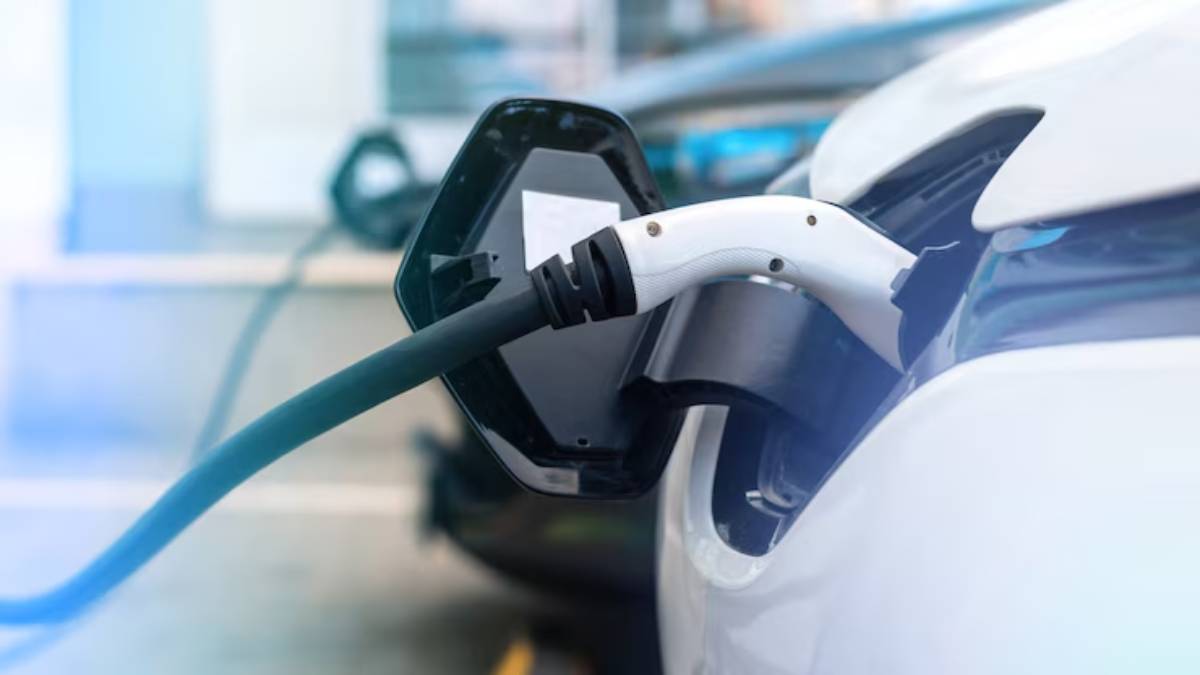
Do hybrids get worse MPG in winter?
Yes — battery performance drops in the cold, and the petrol engine runs more to warm up systems. Use cabin preconditioning and park in warmer spots when possible.
Does driving in EV mode save more fuel?
Yes, but it depends on how and when it’s used. Short, low-speed EV use is ideal. Overuse can deplete battery reserves needed for later.
Are fuel economy apps helpful for hybrids?
Absolutely. Apps like Dr. Prius or Torque Pro (with OBD-II tools) help monitor fuel use, engine load, and battery health.
Can tyre upgrades really boost MPG?
Yes. Low rolling resistance tyres reduce drag and improve MPG, especially in city driving.
Further Learning & Interlinking
To keep your hybrid running at peak performance, learn how to identify a failing hybrid battery early — degraded batteries can impact your MPG silently.
Also, if warning lights are cutting into your driving confidence, see our full guide on how to reset warning lights in a hybrid vehicle to understand what’s serious and what’s not.
Conclusion: Drive Smarter, Not Harder
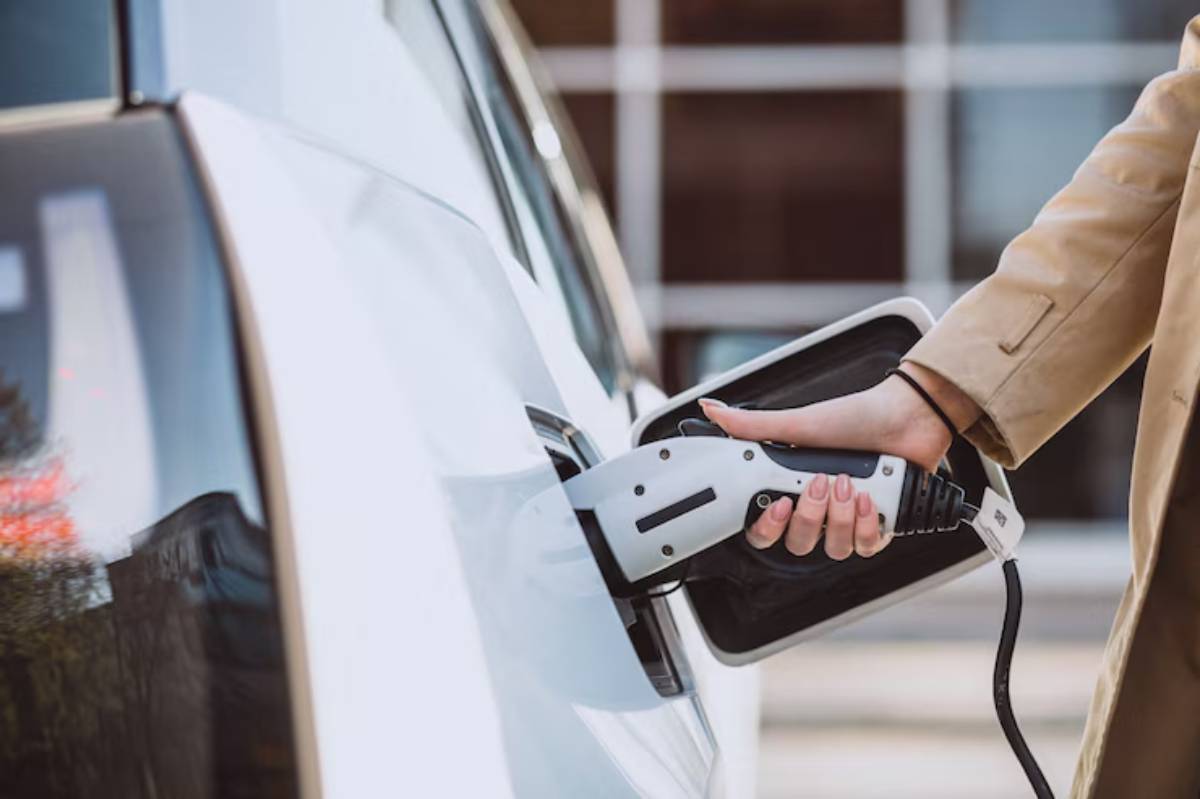
Your hybrid is built for efficiency, but how you drive and maintain it makes all the difference. By combining careful planning, smart technology, and seasonal adjustments, you can consistently enjoy impressive fuel savings.
Let’s recap:
- Use ECO mode, keep tyres optimised, and drive smoothly
- Respect seasonal changes by adjusting your driving habits
- Stay on top of maintenance and battery health
Your next step? Start with just one or two tips from this guide. You’ll likely see results within a tank or two, and your hybrid will thank you with better mileage and performance.
